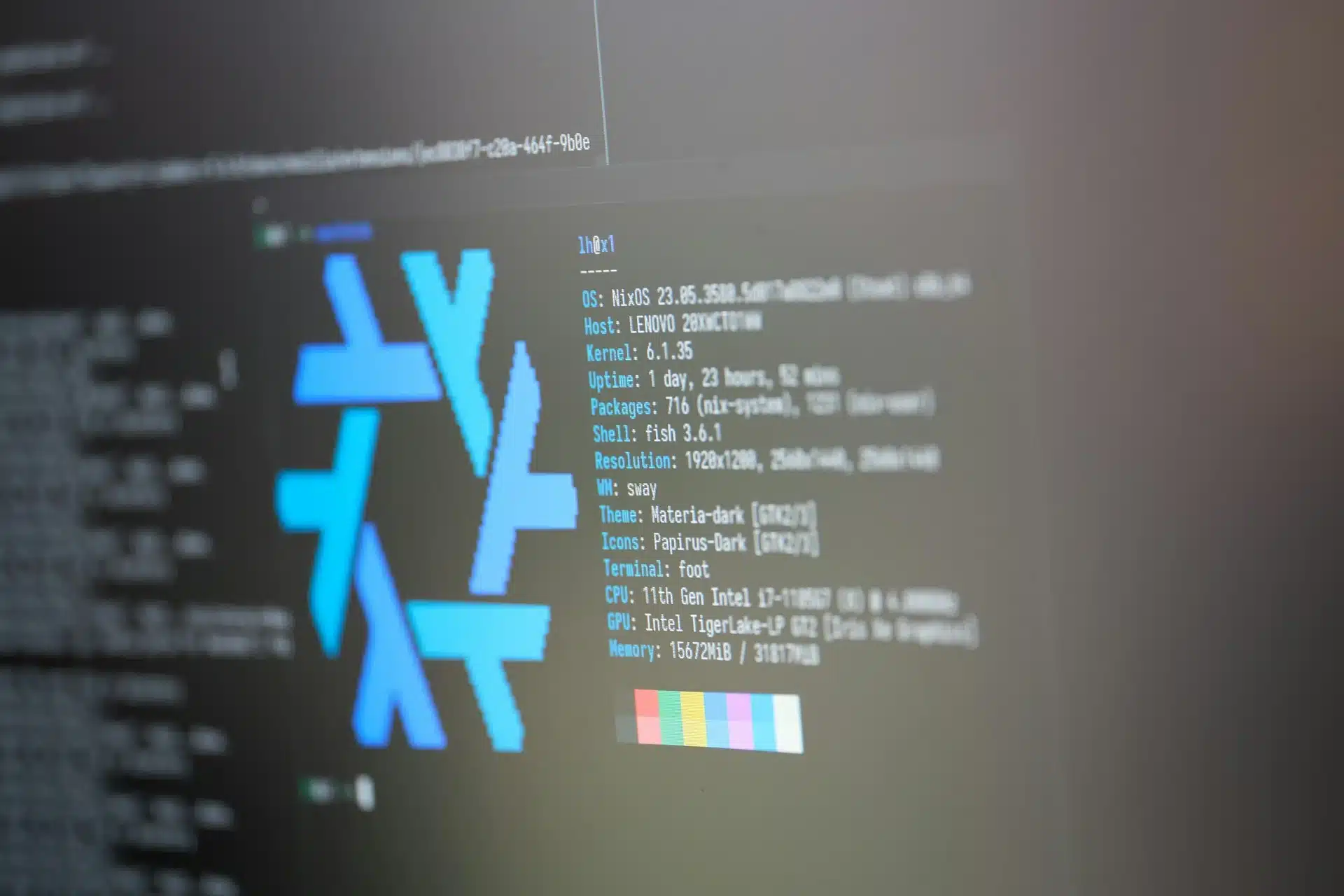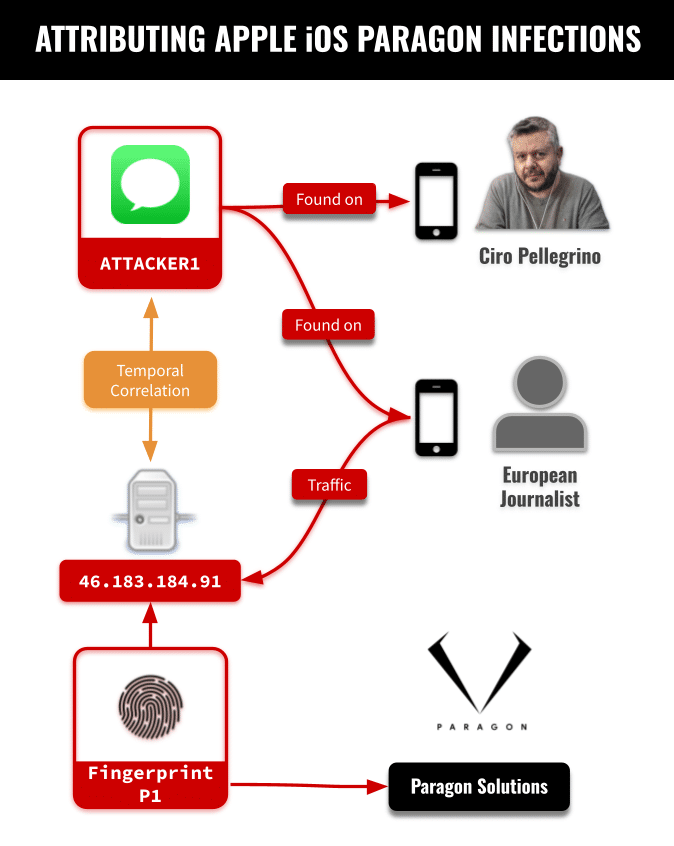DLL Sideloading, Hackers Ally, Companies Nightmare
DLL sideloading is a popular technique used by hackers to execute malicious code on a victim’s device. The method uses the DLL search order mechanism to plant and invoke an application that executes the payload. Reportedly, hackers use this approach to persistence, privilege escalation, and defensive evasion.
According to researchers, DLL sideloading opts for a malicious dynamic link library (DLL) file and stores it in a specific area where it may be loaded and executed by a genuine, trusted application. Suppose the application can load DLL from a particular location and is configured to properly validate the DLL’s authenticity and integrity before loading it. In that case, the hacker’s job becomes easy as they can automate the following procedure for creating a payload and, simultaneously, executing in their victim’s devices.
Prominent threat actors take advantage of applications that use DLL files by inserting their versions into expected places and misleading the application into executing it. Another critical thing to note about DLL sideloading is that these attacks can be challenging to detect since the malicious DLL is sometimes camouflaged as a standard DLL and may not exhibit any apparent malicious behavior.
If a threat actor successfully injects a malicious DLL into an application, then a bypass attack can grant the attacker the ability to execute code on the victim’s computers with the privileges of the targeted program, potentially allowing them to gain unauthorized access to sensitive information or perform other harmful actions.
Why do hackers use DLL sideloading?
Though several techniques are available for hackers, some still use DLL sideloading. But this technique is unique in the ability to gain privilege on a victim’s system. The ease of execution of a DLL sideloading attack makes it quite reachable to hackers — even those who’re yet to master other crucial hacking skills!
DLL sideloading attacks are relatively easy to carry out, especially if an attacker can find a way to get their malicious DLL placed in a location where a legitimate application will load it.
Moreover, DLL sideloading attacks can be challenging to detect because the malicious DLL is often disguised as a legitimate DLL and may not exhibit any immediately apparent malicious behavior. The probability of higher privileges via an application adds more bulk to the attack because if an application has good privileges standing, then a successful DLL sideloading attack can allow the attacker to execute code with those more elevated privileges. It gives the hackers access to sensitive information or the ability to perform other malicious actions.
It is important to be aware of this threat and take steps to protect against it.
How to protect yourself against a DLL sideloading attack?
One can ensure several steps and mitigation techniques to prevent DLL sideloading attacks.
For starters, ensure that all applications are configured to properly validate the validity and integrity of any DLLs they load and that all software are kept up to date with the latest security updates. It is also a good idea to use security software to identify and prevent these assaults.
Moreover, here are some basic telltale signs to watch out for during a DLL sideloading attack. For starters, the hacker will find a target application to install the malicious DLL file followed by executing a payload.
Identify the application
The hacker will first identify a target application vulnerable to DLL sideloading attacks. This may involve looking for an application designed to load a DLL from a specific location and not configured to properly verify the authenticity and integrity of the DLL before loading it.
Create a malicious DLL
The hacker will then create a malicious DLL file to perform the desired malicious actions when executed. The DLL may be disguised as a legitimate DLL to avoid detection.
Place the malicious DLL file
The hacker will then place the malicious DLL in the location where the targeted application will load it. This may involve finding a way to gain access to the victim’s machine, such as through social engineering or exploiting a vulnerability in the victim’s system.
Executing the malicious DLL
The hacker will trick the targeted application into loading and executing the malicious DLL. This may involve luring the victim into opening the application or finding a way to cause the application to load the DLL automatically.
Conclusion
If the attack is successful, the malicious DLL will be executed with the privileges of the targeted application, potentially allowing the hacker to gain unauthorized access to sensitive information or perform other malicious actions on the victim’s machine.






